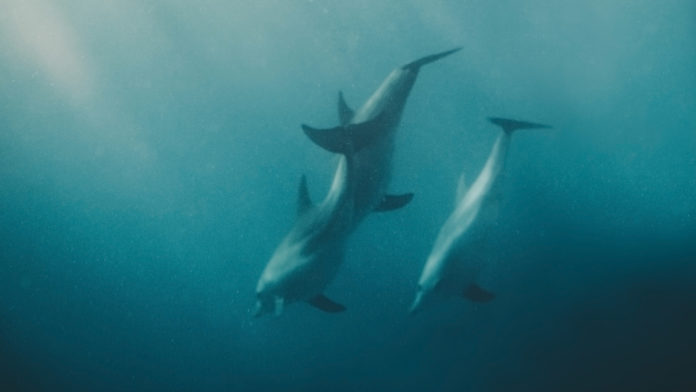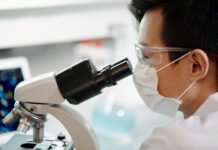The evolutionary tale of whales, dolphins, and porpoises is fascinating. Their ancient ancestors were small four-legged land-dwelling animals, and around 50 million years ago they began their journey back to the sea. Their front legs turned into fin-like flippers, and their back legs were fully lost. Today they form a group of entirely aquatic mammals called cetaceans.
We know quite a bit about the transition in cetacean skeletal anatomy through the fossil record, but we know little about their genes and the proteins they encode because that material has usually degraded beyond recovery.
To learn more about the evolution of ancient cetacean vision that enabled their return to the sea, Belinda Chang, professor ecology and evolutionary biology at the University of Toronto, and her former PhD student Sarah Dungan took what they know about modern cetaceans to resurrect an ancient protein. Their study was published in PNAS.
Ancient cetaceans began their land-to-sea transition by deep diving to forage for food. Like today’s cetaceans, they still needed to return to the air to breathe; if they wanted to reach deeper and darker waters while holding their breath to dive, they would have needed to adapt quickly to low-light environments.
Rhodopsin is a dim-light visual pigment present in the rod photoreceptors of the eye, and it is key to vision in low light. It can tell us a lot about the depths where aquatic vertebrates live.
“One of the most intriguing aspects of this iconic land-to-sea evolutionary transition is that the qualities of the visual environment completely changed,” said Chang in a press release.
“This helped to define which genes would be the most interesting for us to target in our studies.”
Without ancient genetic material to rely on, Chang and Dungan turned to mathematical modeling to take genetic sequences from living cetaceans and related mammals to reconstruct ancestral sequences. They took those genes and expressed them in cells in the lab to resurrect their best estimates of the resulting ancestral rhodopsin.
The reconstructed rhodopsin demonstrated a blue-shift in light sensitivity. This is the wavelength that penetrates the deepest into the ocean. The shift suggests that it would be well suited for deep-sea depths over 200 metres below the surface.
They also found that after being activated by light, the activation also decayed quickly, which could have accelerated the adaptation from bright light to dark conditions. Most animals that don’t need this function have slower decay rates because it helps protect rod photoreceptors from toxic byproducts.
Taken together, these results provide insight into how these ancient cetaceans might have lived, and how one of the most remarkable evolutionary transitions unfolded.
“It is amazing that now we can have this level of insight into the lifestyle of a long-extinct organism, just from doing laboratory experiments on one protein,” added Dungan.
“Ancestral protein resurrection is an incredibly powerful way for us to interrogate how ancient organisms evolved that most people don’t know about.”









































